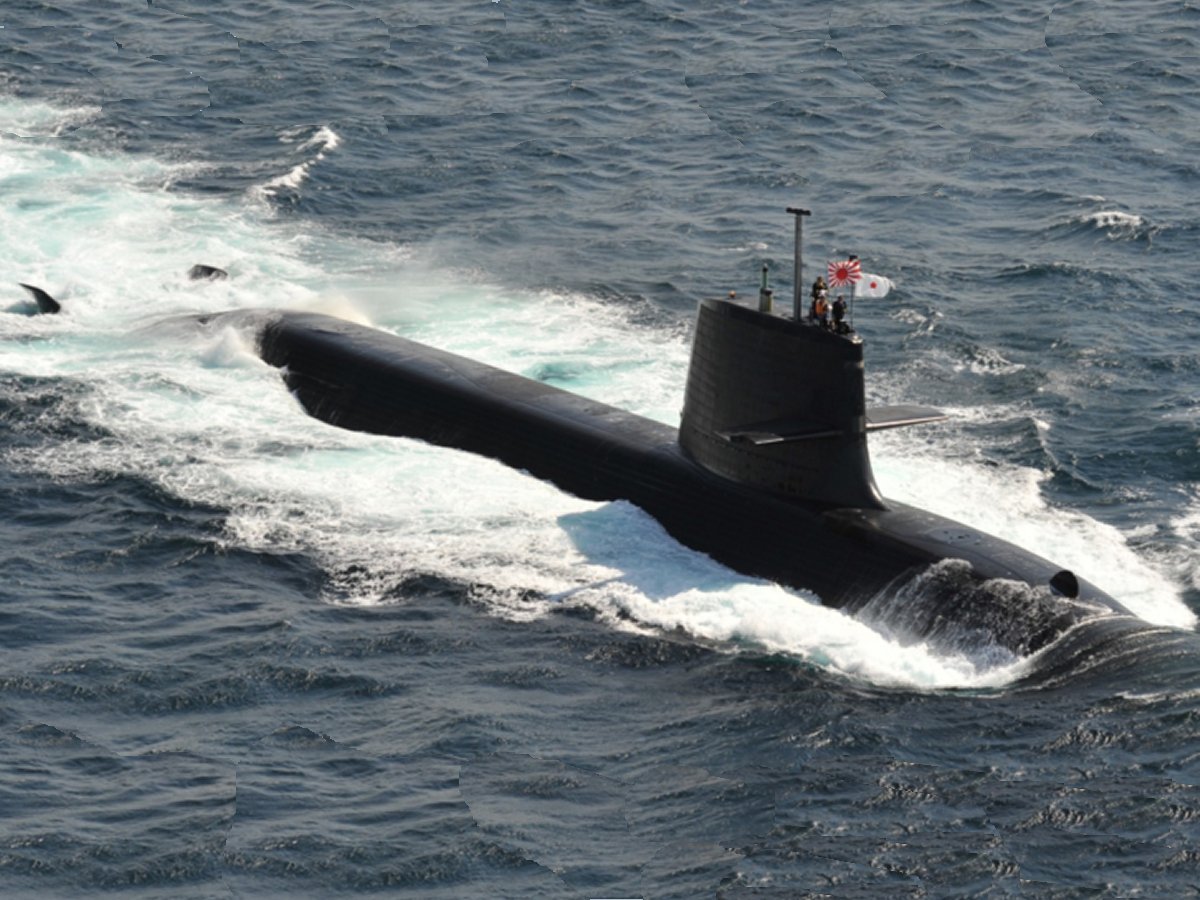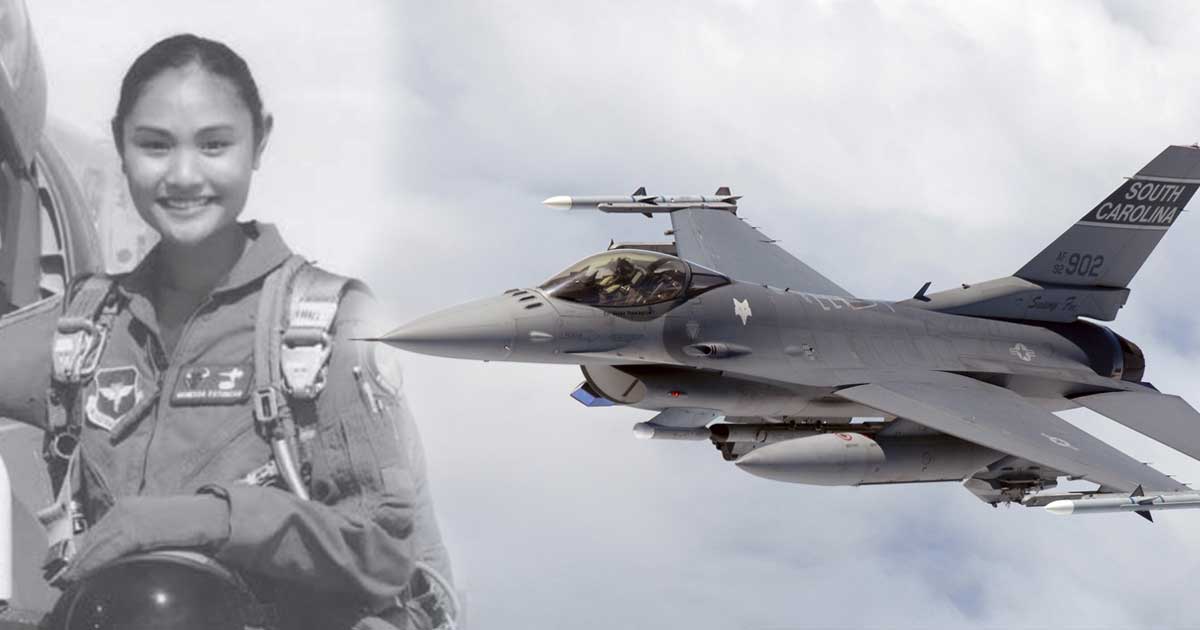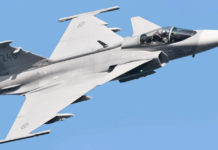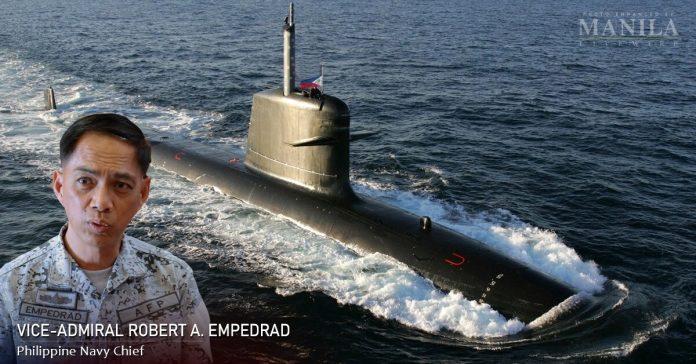
Is there is a simple reason why a country like the Philippines described submarines as a weapon of choice? Perhaps a bright answer for me is that it will positively change the strategic balance of power wherein it will serve the weak to deter the strong.
Recently Robert Empedrad the Chief Vice-Admiral of the Philippine Navy (PN) confirmed that President Rodrigo Duterte gave a green light order to acquire 2 attack submarines.
PN official disclosed that they are eyeing for a French-made Scorpene diesel-electric submarine, made by a shipyard contractor Naval Group (formerly DCNS), as one of the possible submersible platforms being considered for its Submarine acquisition program.
Which is why the Secretary of National Defense (DND) Delfin Lorenzana and his team is now at the Naval Group’s facilities in France evaluating the scorpene submarine production and its technology.
Actually the Scorpene class of submarines has four subtypes. The CM-2000 conventional diesel-electric version, the AM-2000 with Air-Independent Propulsion (AIP) derivative, the downsized CA-2000 coastal submarine, and the enlarged S-BR which is now being used by the Brazilian Navy, without AIP.
Defense experts believed that a Scorpene-class submarine is loaded with superior stealth features such as advanced acoustic silencing techniques, low radiated noise levels and has a hydro-dynamically optimized shape.
The stealth of this potent platform is enhanced by the special attention given to various signatures. These stealth features give it invulnerability, unmatched by most submarines.
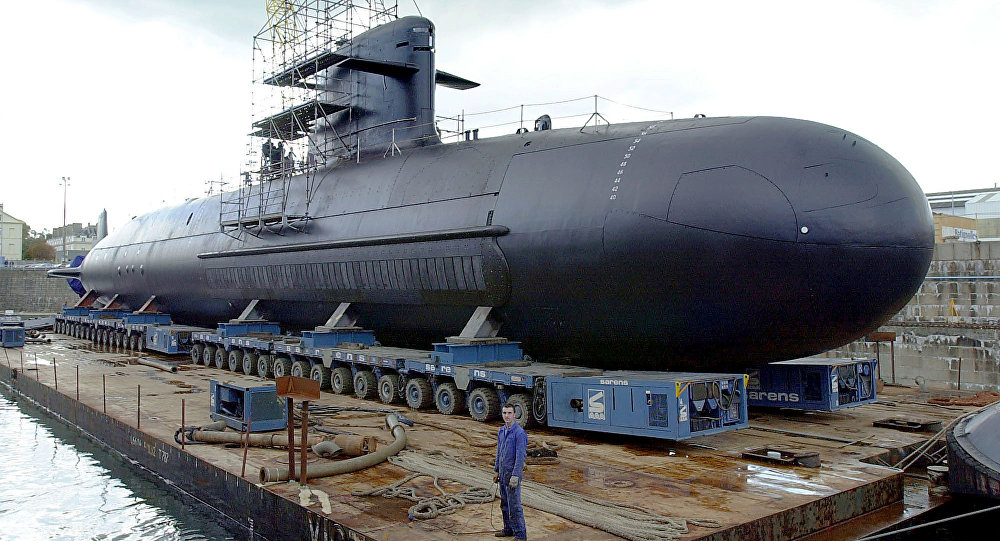
1. The Scorpene submarine is designed for long-range and oceanic deployments which are powered by a conventional diesel-electric propulsion system as it is ideally suited for action and operational effectiveness.
2. Has a large payload of weapons and it can launch with both torpedoes. A standard fit of six 533mm torpedo tubes for a mix on heavyweight smart torpedoes, mines and has a vertical launch tube, capable to launch anti-ship missiles like the MBDA SM39 Exocet missile or the Bramos cruise missile.
3. Robust and multipurpose, as it can fulfill a wide range of missions and has the ability to launch a crippling attack on the enemy using precision-guided weapons.
4. It is capable to undertake anti-surface and anti-submarine warfare strikes against land-based objectives, integration in a naval force, special operations, offensive minelaying, area surveillance, and blockade, intelligence gathering.
5. Has a powerful combat system, designed to operate in all theatres, as it ensures interoperability with the tactical components of other Naval task groups.
6. Reduced manning and life cycle costs. – CES

